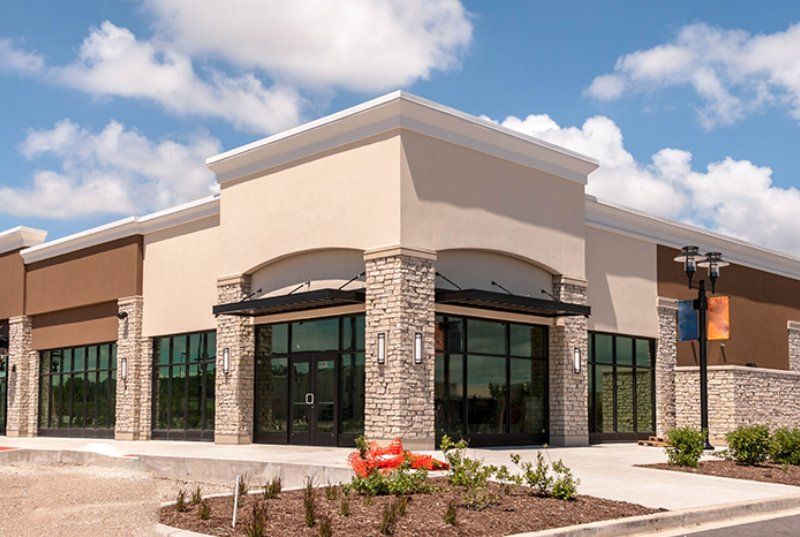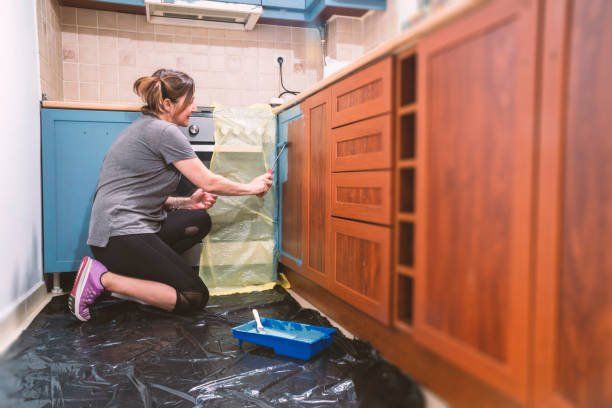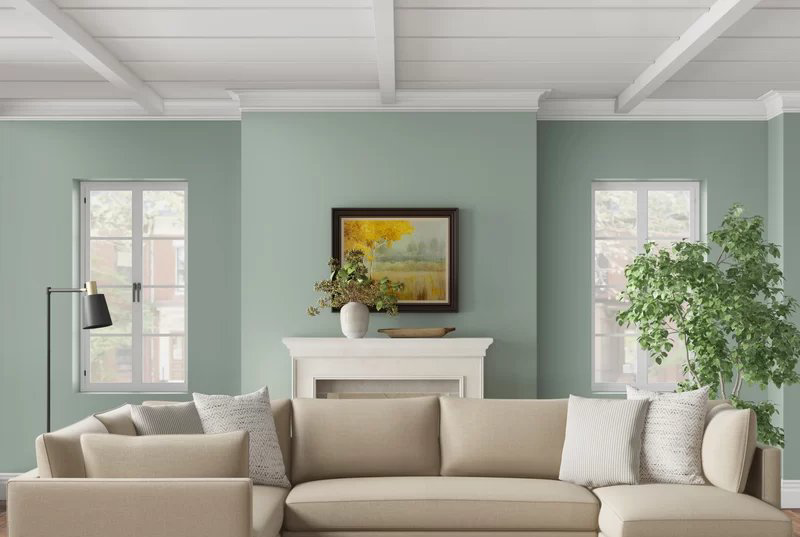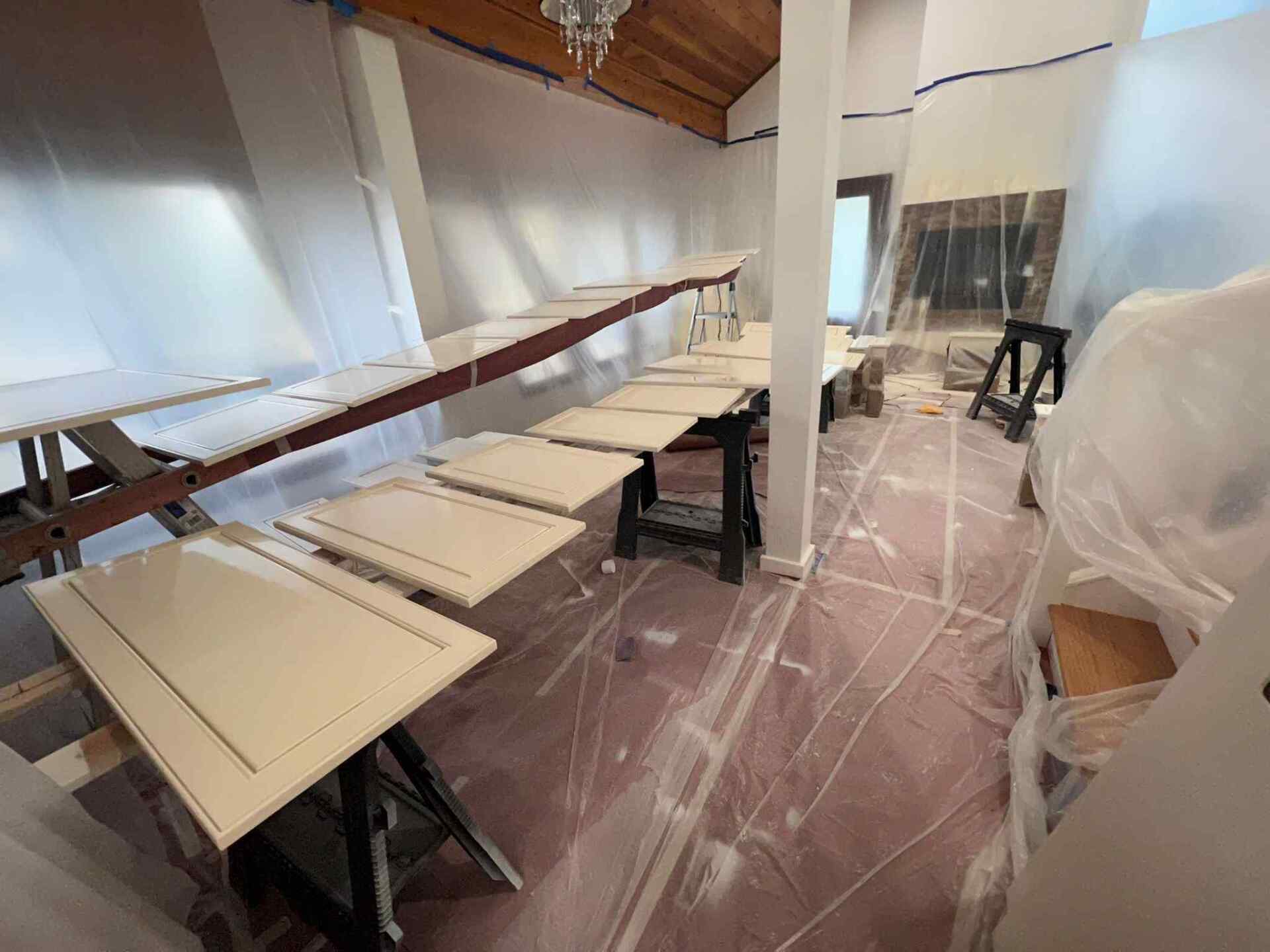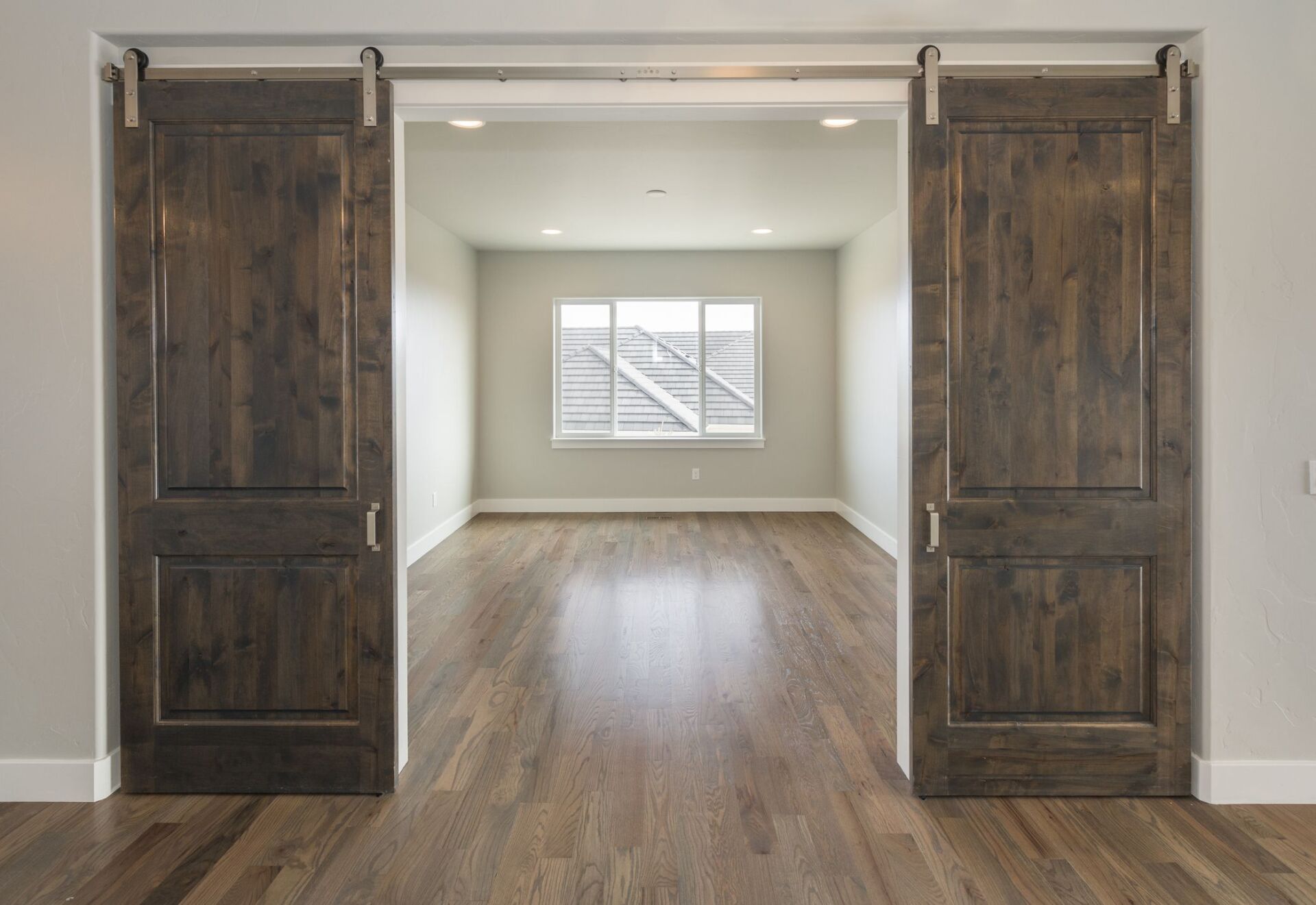Peninsula Painting Services

As the temperatures cool and the days get shorter, fall brings an ideal window of opportunity for Bay Area homeowners to get their homes ready for the rainy season. One of the smartest maintenance steps you can take this time of year is repairing exterior wood and sealing windows and doors . A little preparation now can save you from costly repairs and energy loss once winter sets in. Why Timing Matters In the San Francisco Bay Area, fall weather is typically dry and mild — perfect conditions for outdoor projects like wood repair and caulking. Paint and sealants adhere best when temperatures stay between 50–80°F and humidity is low. Once the rains begin, it becomes much harder to work on exterior surfaces or get materials to cure properly. 1. Addressing Exterior Wood Damage Over time, moisture, sunlight, and temperature changes take a toll on your home’s wood siding, trim, and other exposed areas. Common signs of damage include peeling paint, soft or spongy boards, cracking, or visible rot. Repairing or replacing these damaged areas in the fall ensures your home’s exterior remains strong and well-protected before winter moisture seeps in and makes things worse. A professional painter can sand, patch, and prime the wood properly to create a smooth surface ready for fresh paint or stain. Why it matters: Prevents further rot and structural damage Improves curb appeal before the holidays Protects your paint investment for years to come 2. Sealing Windows and Doors Gaps and cracks around windows and doors are often overlooked, but they can be a major source of heat loss and moisture intrusion during the winter months. Caulking these areas helps keep cold air out, warm air in, and your energy bills in check. Professional-grade caulking ensures a watertight seal that expands and contracts with seasonal temperature changes — a key factor in the Bay Area’s variable climate. Benefits of Fall Caulking: Improves home energy efficiency Keeps moisture and drafts out Helps maintain paint and wood longevity 3. The Finishing Touch: A Fresh Coat of Paint After repairing and sealing, fall is also a great time to repaint. Exterior paint acts as your home’s first line of defense against the elements. With proper surface prep and mild fall weather, you’ll get the longest-lasting results and the best finish.


